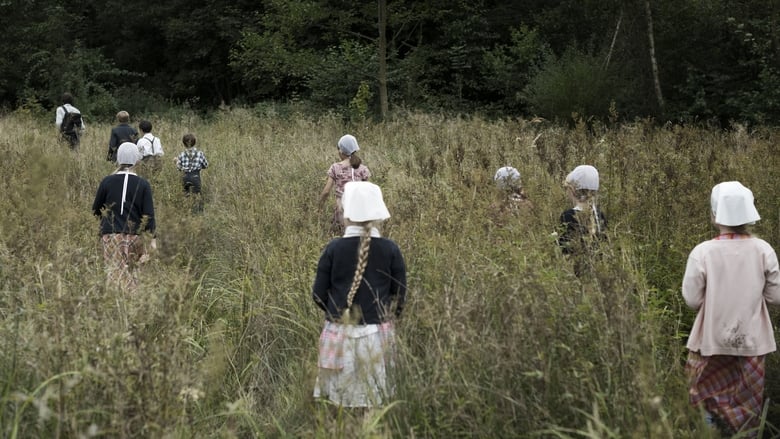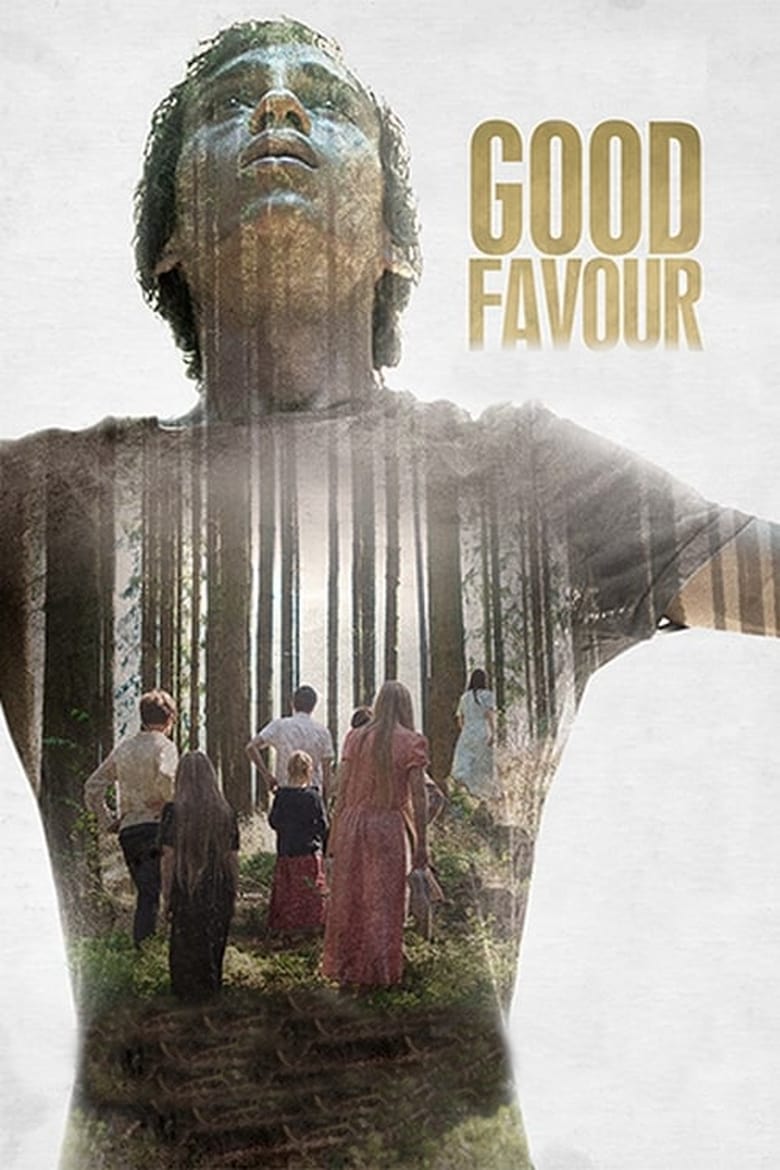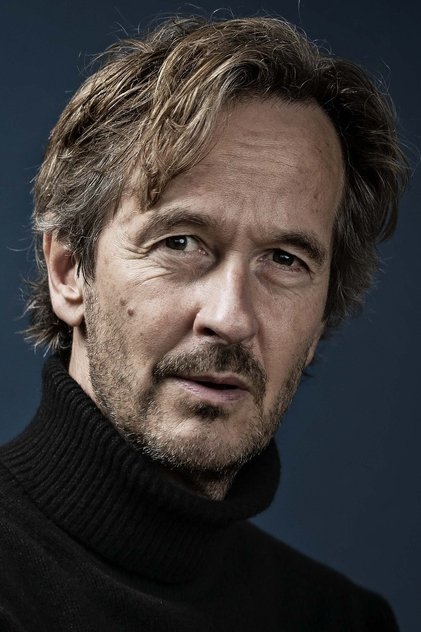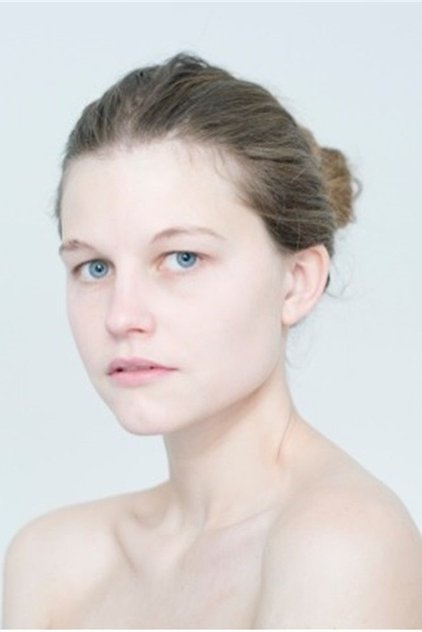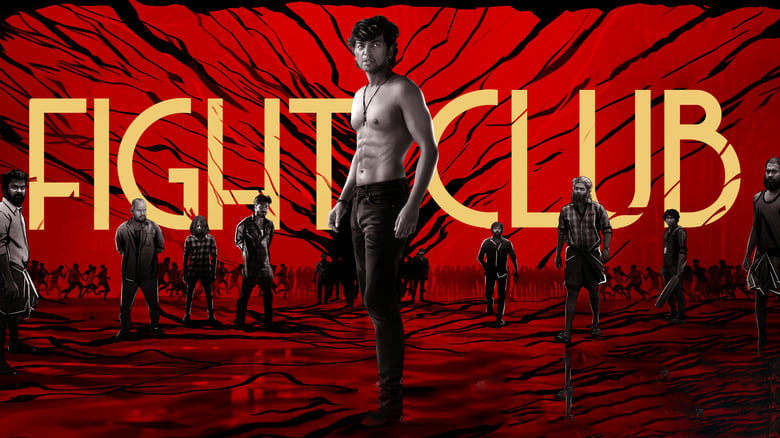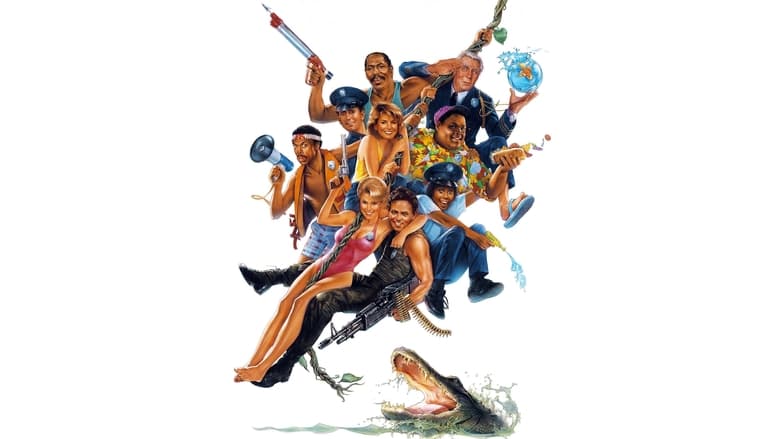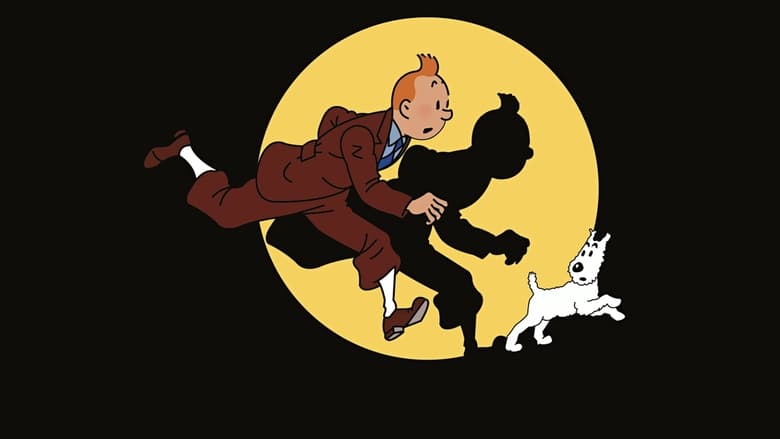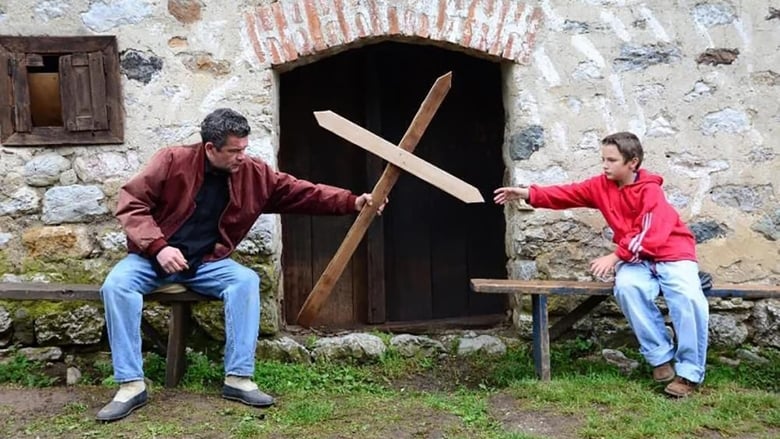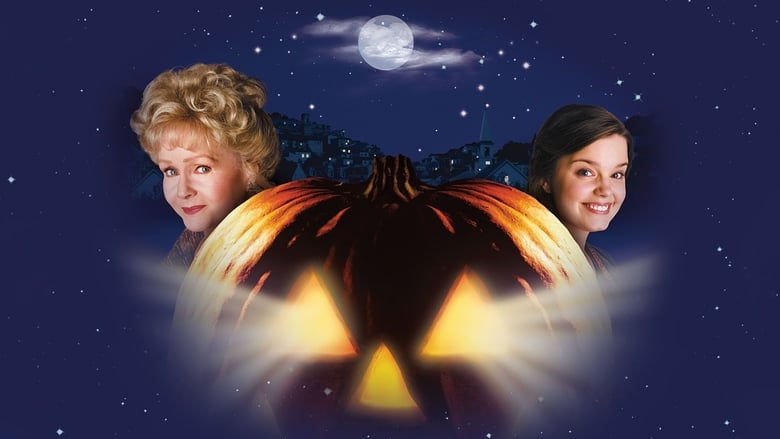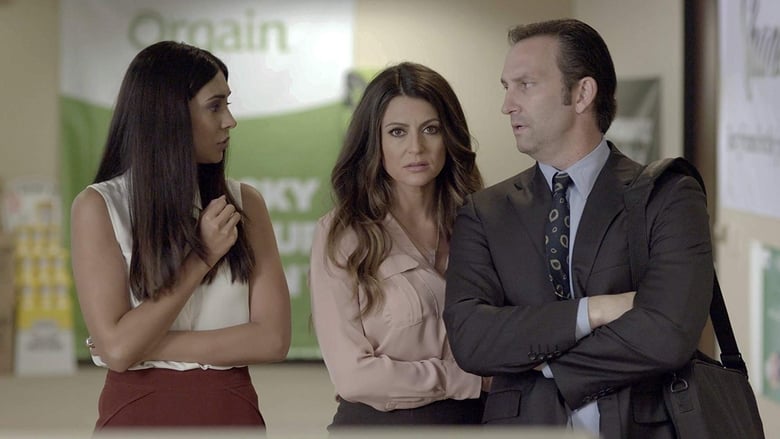Stephen Campbell
Jun 17, 2019
8/10
My grandmother had this really strong faith, despite the fact that she understood that there had been various abuses in the church. But still, her faith was so strong that she could hold and contain all of this and still endure and persevere with it. So, I was interested in that - how much can people take an preserve their way of life and maintain the belief systems that they hold really dear. That was an interesting thing for us to explore, this microcosm of an organised religion really.
- Rebecca Daly; "Interview with Rebecca Daly"; Film Ireland (November 12, 2018)
I got an email into my inbox one morning from my co-writer Glenn Montgomery with a link to an article about a young man who walked out of the Black Forest into Berlin, presented himself to social services and told them he had no idea who he was or where he came from. I was immediately intrigued by this setup. What is the potential of an individual with no identity?At the same time, Daly had become fascinated by her grandmother's adherence to her Catholicism, despite the revelations in Ireland regarding clerical sexual abuse and the Magdalene Laundries. As Daly tells RTÉ,
I was particularly fascinated by faith, specifically my grandmother's faith. It was so ingrained in her that it could acknowledge the many abuses that had happened within the Catholic Church and still endure. We asked ourselves what beliefs might someone persevere with in order to preserve their idea of the world, and then pushed this idea to its most extreme point.These two separate issues, the person without an identity and the notion of enduring faith, came together to form Good Favour. The film signals it's part-esoteric, part-allegorical status almost immediately – when Tom stumbles into the commune, there are holes in both of his wrists and a large gash on his side. Does he bear the Stigmata or is it a coincidence? This is the first of the many, many (many) questions the film poses which could be addressed via either an ecclesiastical-based supernatural interpretation or a scientific explanation. For example, a central question throughout the film, and perhaps the narrative's main driving-force, is whether Tom is a Christ-figure capable of performing miracles, or simply a flesh-and-blood human who shows up at the right time, and whose "miracles" are nothing of the sort. He is seen by some as a non-corporeal visitor, the possible saviour of the community, and by others as an interloper and possible charlatan, but which group is correct? The film is in no hurry to answer any of these questions, or even foreground them, leaving it up to the viewer to notice, to question, and, more often than not, to answer. Built upon a foundation of magic realism, the film's milieu is presented realistically, but there is definitely something intangible in the air. For example, when a young girl is drowning and Tom saves her life, is it because he has healing hands, or simply because he knew how to treat her medically in the circumstances? The scene is shot in such a way as to suggest both, without committing to either. Tony Cranstoun's editing and Tibor Dingelstad's cinematography are such that definitive interpretation is often occluded, with the viewer in the role of final arbiter. What is especially interesting is that the film itself sees Tom in a non-definitive manner – he is depicted as both a young man, enjoying playing in a lake with some children, aware of his sexual awakening, disgusted by a large container full of rotting calf carcasses, and as someone who strikes a messianic pose whilst standing on a hillside. His role as possible saviour receives its most sustained analysis in the brilliantly conceived and executed finale. Relying on the viewer's perception, ambiguous camera blocking, and fascinating editing rhythms, the scene is as ambivalent as the rest of the film, whilst also directly addressing the mystery at the heart of the narrative. Within all of this, an important theme (as it was in both The Other Side of Sleep and Mammal) is surrogacy, particularly the notion of starting as an outsider, and moving into a position of belonging. With this in mind, the film obviously deals with the concept of the Other, with Tom depicted as both the protagonist trying to find acceptance, and the antagonist bringing chaos and disruption with him. According to Daly,
I was interested in exploring the condition of the outsider … this idea of belonging, of being inside or outside of a social group, or the centre of power, seems more relevant now than ever with the migrant and refugee crises and Trump's disturbing rhetoric. Terrifyingly our world seems to be divided into those who belong and those who may or may not be let in, and we wanted our story to reflect that and to explore the very natural human drives to want to be included.From an aesthetic point of view, the depiction of the community itself is exceptionally well-handled by Daly. Based on the Hutterites, a semi-isolated Anabaptist group founded on the basis of the Schleitheim Confession, the unnamed group in the film (whose actual belief system is never explicitly revealed) are not there to provide Daly with an easy target for derision and social commentary. Instead, the depiction is one of respect, with Daly emphasising many of the community's more beneficent qualities. However, there can be no denying that something is not quite right. The deaths of the cattle and the missing child are simply narrative manifestations, the results of which are a subtle challenge to Mikkel's leadership, a challenge spearheaded by Anne (Helena Coppejans), Isaac's mother, who up to now has been urged to "believe in God's plan". The film features lines such as, "We should not be afraid to suffer" and, "We must put our trust in God", but one gets the distinct impression that such sentiments are on the brink of becoming meaningless, with the piety behind them in danger of being rebelled against. Indeed, the tone of the film is one of barely-contained explosiveness, as if the group, with all their buttoned-down communal good, and advocation of Christian morality, is just one bad day away from going full-Waco. When they speak to one another, what they say is never as important, or as interesting, as what they seem to be withholding. When they look at something, they always seem to be more interested in whatever is in the periphery. It's to Daly's credit that this sense of palpable strangeness and combustion is so apparent on screen. Directing what isn't happening can't be easy. This is helped immeasurably by Dingelstad's murky photography and its muted colours; when a policeman visits the commune, the colours on his car seem garish when compared with the palette used to up to that point. The cinematography is also used to make an important thematic point. Employing shallow focus when in the village, the image is flattened, with background details difficult to discern. When outside the village, however, Dingelstad uses a much deeper focus and a wider depth of field. This has the effect of making the village seem dull and lifeless, whilst the forest is vibrant and endless. Also noteworthy is how quiet the film is, with the sound design by Steve Fanagan (Last Days on Mars; Frank; The Hollows) working in tandem with the cinematography to suggest the importance of the forest, its status as almost a living being. With almost no score, many scenes are set against a backdrop of total silence, aside from the wind rustling through the trees. This gives the impression of breathing, as if the forest is literally respiring. The relative silence is not only important during scenes set in the forest, however. For example, dialogue scenes are often punctuated by stretches of silence, adding to the mystery at the film's core, and enhancing the unsettling tone, as if the whole film is one step away from itself becoming an awkward silence. Additionally, on the rare occasions when background music is used, the scene is usually one of Tom and one of the other characters sharing a moment of emotional closeness. The use of music in these scenes helps to illustrate the importance of this moment for the people in the commune, and, by extension, Tom's ever-growing significance in their lives. As with both of Daly's previous films, Good Favour is not interested in providing (easy or otherwise) answers. Instead, it directly encourages the audience to speculate, with its mise en scène specifically built so as to create maximum ambiguity. It's Daly's most complete artistic statement thus far, combining the centrality of mood and tone from The Other Side of Sleep with the uncomfortable issues raised in Mammal. The slow pace and ambiguous ending will put many viewers off, but, for me, both work to help establish theme and tone, as Daly slowly builds up a disquieting worldview, before examining what happens when that view is fundamentally disrupted. Beautifully shot, excellently edited, superbly written, and brilliantly directed, it's definitely not for everyone, but there is undeniable craft on display here.
